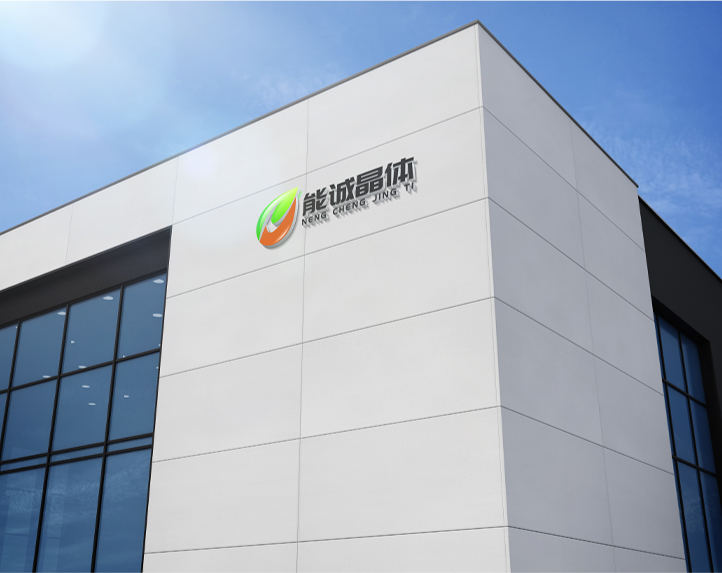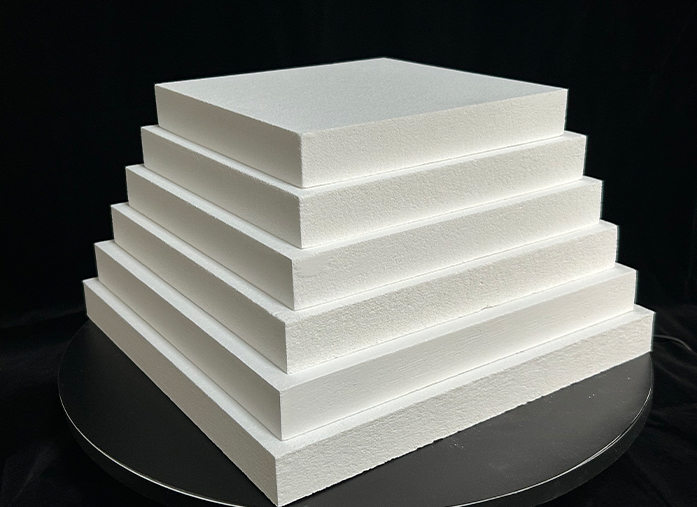

In modern industrial and research settings, precise high-temperature processing is critical for achieving consistent, high-quality results. A High Temperature Muffle Furnace is a specialized type of furnace designed to provide uniform heat in a controlled environment, making it essential for tasks such as powder roasting, ceramic sintering, and other high-temperature experiments. Its versatile design allows industries and laboratories to handle a variety of materials while maintaining precise temperature control and energy efficiency.
A Muffle Furnace is characterized by a chamber where the heating elements are isolated from the material being processed, preventing direct contact and contamination. This design ensures even heat distribution and stable temperature conditions, making it ideal for sensitive materials and precise laboratory work. Lab Chamber Furnaces, a closely related category, are often used for controlled experiments, research applications, and small-scale production processes, providing a safe and efficient environment for high-temperature operations.
The versatility of muffle furnaces allows them to be used across industries such as ceramics, metallurgy, electronics, glass, and chemical engineering. For example, in metallurgy, muffle furnaces are employed for alloy testing and heat treatments, while in ceramics, they provide the consistent heat required for sintering high-quality ceramic products. Similarly, in electronics and chemical engineering, muffle and lab chamber furnaces ensure accurate thermal processing for sensitive materials and reactions.
Modern High Temperature Muffle Furnaces are designed for durability, energy efficiency, and operational precision. Advanced insulation materials, often lightweight and environmentally friendly, help retain heat while reducing energy consumption. This not only improves operational efficiency but also ensures the safety of laboratory or industrial personnel.
Key features of high-temperature muffle furnaces include:
By combining these features, muffle furnaces provide industries and research institutions with precise control over high-temperature processes, ensuring consistent results and improved energy efficiency.
The applications of High Temperature Muffle Furnaces and Lab Chamber Furnaces are diverse, ranging from industrial production to experimental research:
The versatility of these furnaces makes them indispensable for applications that require both high performance and precision.
Selecting a High Temperature Muffle Furnace involves careful consideration of several factors:
Working with reputable suppliers who provide technical support, customization, and advanced high-temperature materials ensures that your furnace meets exact operational requirements.
Innovations in high-temperature insulation and lightweight materials have greatly enhanced the efficiency and performance of modern muffle furnaces. Energy-saving alumina fibers, for example, reduce heat loss while maintaining structural integrity under extreme thermal conditions. These materials allow for faster heating, precise temperature control, and lower energy consumption, benefiting both industrial and laboratory applications.
By incorporating such materials, suppliers like Zhejiang Nengcheng Crystal Fiber Co., Ltd. provide High Temperature Muffle Furnaces and Lab Chamber Furnaces that are not only energy-efficient but also environmentally friendly, supporting sustainable practices in high-temperature processing.
From powder roasting to ceramic sintering, High Temperature Muffle Furnaces and Lab Chamber Furnaces offer unmatched versatility and precision in high-temperature applications. Their ability to maintain uniform heat, operate efficiently, and support various atmospheres makes them essential tools for both industrial production and experimental research.
Investing in high-quality muffle furnaces ensures reliable performance, energy efficiency, and consistent results across diverse processes. By leveraging advanced materials and working with experienced suppliers, industries and research institutions can maximize productivity, reduce energy costs, and achieve superior outcomes in high-temperature operations.